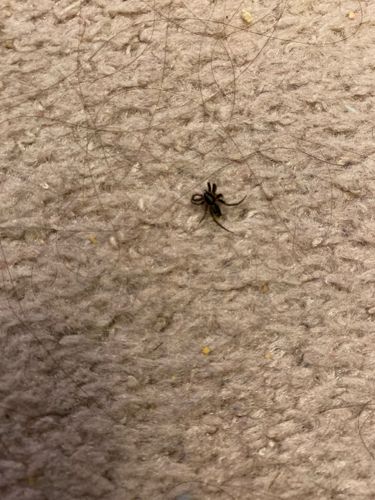Ant
Scientific Name: Formicidae
Order & Family: Hymenoptera, Formicidae
Size: Typically 2 to 20 mm, depending on the species.

Natural Habitat
Ants are found almost everywhere on Earth, except Antarctica and a few remote islands. They build nests in a wide variety of places, including underground, in trees, under rocks, and inside decaying wood. Some species, like the one likely pictured indoors, might be foraging for food.
Diet & Feeding
Ants are omnivorous, consuming a wide range of foods including nectar, seeds, fungi, other insects (both living and dead), and household scraps. Their diet varies greatly by species.
Behavior Patterns
Ants are highly social insects that live in colonies. They exhibit complex social structures with distinct castes (workers, soldiers, queen, males) and communicate using chemical signals (pheromones). They are known for their organized foraging trails and cooperative behaviors to find and transport food.
Risks & Benefits
Risks include some species delivering painful stings or bites (e.g., fire ants, carpenter ants), and some can cause damage to structures (e.g., carpenter ants chewing through wood). Benefits include playing a vital role in ecosystems as decomposers, aerating soil, and controlling populations of other insects. Some species also aid in seed dispersal.
Identified on: 10/14/2025